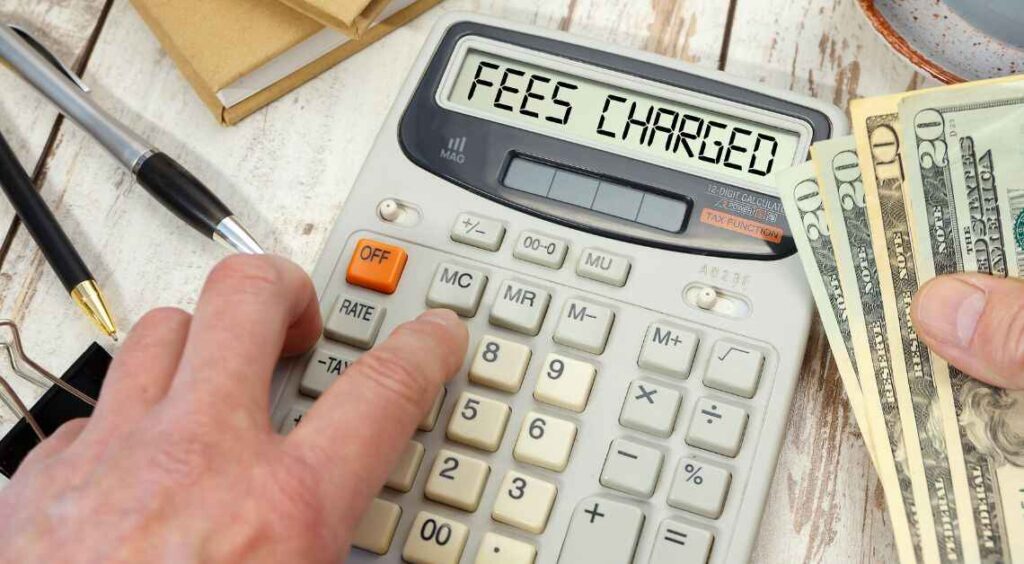
No Amazon FBA fee hikes in 2025! Find out what this means for your business and learn how to tackle other marketplace obstacles.
For many Amazon sellers, the annual announcement of fee updates can be a nerve-wracking time. This year, however, there’s good news: Amazon is holding the line on US referral and FBA fees for 2025. This means sellers can plan their operations with greater certainty and avoid scrambling to adjust pricing due to unexpected cost increases.
Dharmesh Mehta, Vice President, Amazon Worldwide Selling Partner ServicesAs we look to our 2025 seller fee changes, our focus is on continuing to partner together to delight customers and on providing our selling partners with a great value that helps their businesses thrive.
Amazon FBA Fees in 2025
Aside from the unchanged US referral and FBA fee types and rates, here are three important updates to the 2025 FBA fees.
Reduced Fees for Large, Bulky Items
Inbound placement service fees will decrease by an average of $0.58 per unit for shipments with minimal splits. This change will start on January 15, 2025.
Fee Waivers for New Parent ASINs
Inbound placement service fees will be waived for up to 100 units of new parent ASINs that qualify for the FBA New Selection Program. Applies to shipments created between December 1, 2024, and March 31, 2025.
Enhanced Incentives for New Selections:
Starting January 15, 2025, Amazon will offer increased fee discounts through the New Seller Incentives and FBA New Selection programs to boost growth in targeted product categories.
These time-limited discounts will apply to everyday essentials, high-demand items with limited selection, and popular brands seeking broader global availability. Discounts will be refreshed regularly and available to eligible sellers on the Seller Benefits page.
A Challenging 2024, But Hope Ahead With No Amazon FBA Fee Hikes In 2025
2024 has tested Amazon sellers like never before, with rising costs, fierce competition, and increasingly complex operational hurdles.
Sellers face challenges from aggressive Chinese sellers, soaring PPC costs, and ever-changing policies that can disrupt listings or accounts without warning. Fulfillment and storage fees have pinched profits further, making scaling even tougher.
However, there’s a glimmer of hope on the horizon. Amazon’s announcement of no FBA fee hikes in 2025 offers sellers a much-needed breather. With costs stabilizing next year, sellers can focus on refining their strategies, optimizing listings, and improving CTR to stay competitive.
The road ahead might still be tough, but this reprieve is a chance to recalibrate for a stronger future. Now is the time to act, adapt, and prepare for success.
Managing Amazon FBA Expenses in 2025: A Guide for Sellers
While Amazon has not announced FBA fee hikes for 2025, sellers should remain cautious. Various hidden fees, such as referral fees and the newer low inventory fee, can still significantly impact profitability. Here’s a comprehensive guide on understanding these expenses and strategies to manage them effectively.
Understand Amazon's Referral Fee Basics
Amazon charges a referral fee for each sale, typically around 15% of the product price, though it varies by category. This fee is predictable, making it easier to factor into your pricing strategy. However, hidden costs, like the low inventory fee, can catch sellers off guard.
Amazon’s storage and inbound placement fees can add up quickly if inventory is mismanaged. Mistakes, like incorrect prep or labeling, result in additional charges for corrections or returns.
What Is the Low Inventory Fee?
Introduced in 2024, the low inventory fee is Amazon’s way of encouraging sellers to maintain optimal inventory levels. This fee applies to products with inventory below Amazon’s recommended thresholds.
Low inventory fees are added to fulfillment costs per unit, which can vary from $0.32 to $0.47 based on your product’s size and weight.
It’s calculated based on your product’s historical days of supply and varies by size and weight category.
Exemptions to the Low Inventory Fee
Some products and sellers qualify for exemptions, including:
- Small and light products.
- New sellers during their first year.
- Products under Amazon’s FBA New Selection program.
- Items selling fewer than 20 units per week.
- Products auto-replenished through Amazon Warehousing & Distribution (AWD).
Navigating Seller Central to Monitor Inventory
To manage your inventory effectively, use the FBA Inventory Tab in Seller Central. Key metrics to monitor include:
- Inventory Health Status and Recommendations – Tracks low-stock and overstocked items.
- On-Hand vs. Available Inventory – On-Hand Inventory includes items in FC (Fulfillment Center) transfer or processing. Available Inventory reflects what’s ready for sale.
- Historical Days of Supply – Amazon provides data for the last 30 days (short-term) and 90 days (long-term).
Key Metrics to Track for Inventory Optimization
Understanding the following metrics can help you avoid unnecessary fees:
- Trailing 30-Day and 90-Day Sales Data – Helps determine whether your inventory levels meet the 28-day threshold.
- Inbound and Reserve Quantities – Ensures a steady pipeline to meet demand.
Understanding Historical Days of Supply (DOS) for Amazon FBA
Historical Days of Supply measures how long your inventory will last based on sales velocity. It’s crucial for managing stock levels and avoiding fees. Amazon calculates this in two ways:
- Short-Term DOS – Based on the last 30 days of sales.
- Long-Term DOS – Based on the last 90 days of sales.
Key Threshold: 28 Days
Amazon charges low inventory level fees if your DOS drops below 28 days. Conversely, overstock fees apply if inventory exceeds 90 days. For example:
- Small Item Fulfillment Fee – $0.48/unit
- Low Inventory Fee – $0.36/unit
Avoiding Fees
- Maintain inventory above 28 days to prevent penalties.
- Monitor long-term DOS (40+ days is ideal).
- Use tools to forecast sales and optimize restocking.
Staying above key thresholds ensures smoother operations and reduced costs.
Tips for Avoiding Amazon’s Inventory Fees
Here’s how to mitigate costs:
- Use predictive tools to forecast demand and replenish inventory timely.
- Set alerts in Seller Central for low-stock products to monitor inventory metrics regularly.
- Identify whether your products qualify for small and light or other exemption programs.
- Adjust inventory to match historical demand patterns to strategically plan seasonal inventory.
Leveraging FBA Inventory Tools
Amazon provides tools to help sellers maintain inventory health:
- Inventory Performance Dashboard – Highlights products nearing low stock.
- Inventory Age Reports – Identifies slow-moving items to avoid excess storage fees.
Why Sellers Struggle with Amazon Inventory Thresholds
Maintaining Amazon’s inventory thresholds is difficult due to sales unpredictability and complex fee structures. Failing to meet these thresholds often results in higher storage and inventory fees. Here’s why it’s challenging and how to solve it:
Challenges
- Unpredictable Sales- Seasonal changes and demand shifts cause overstock or stockouts.
- Supply Delays – Manufacturing and shipping disruptions affect restocking.
- Storage Limits – Amazon’s caps restrict inventory storage.
- Complex Fees – Sellers struggle to calculate and plan for storage and inventory fees.
- Cash Flow Issues – Limited capital can prevent optimal inventory levels.
Solutions
- Dedicated Account Manager – Monitor sales, forecast inventory needs, and ensure compliance with Amazon thresholds.
- Amazon Agency Partnership – Agencies optimize inventory flow, analyze sales data, and manage restocking to reduce fees.
- Inventory Tools – Use tools like Helium 10 to track stock and predict demand accurately.
- 3PL Warehousing – Store surplus inventory with third-party logistics providers to avoid overstock fees.
- Seasonal Planning – Prepare months in advance for peak sales periods to align stock levels with demand.
By adopting these solutions, sellers can meet inventory thresholds, minimize fees, and maintain profitability.






